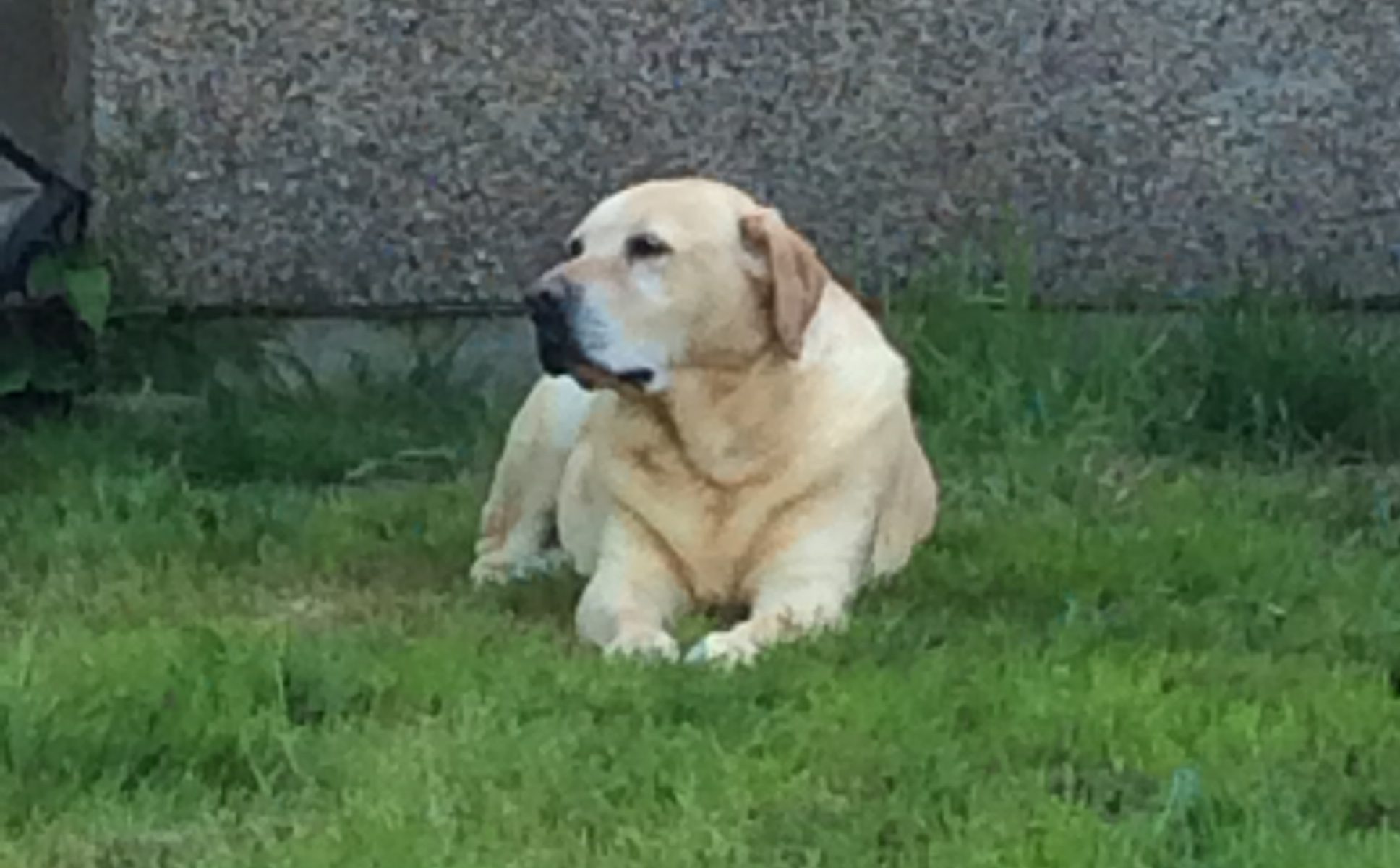Today saw the publication of A Marcher Lord, the first book in a series set on the turbulent Anglo-Scottish borders during Tudor times. I’m looking forward to writing the sequel to this as I grew very attached to the two main characters and I love both the Tudor period and the border country where the novel is set.
[slickr-flickr search=”single” photo_id=”33032644006″ type=”slideshow” size=”large”descriptions=”on”]
Sixteenth century border country was a wild and lawless place. Over the years, wars between England and Scotland changed the lives of those living on both sides of the borders. They were subject to regular invasions by both armies who would take provisions, often without payment, and would often kill and steal and burn out farms and villages. Crops were destroyed, homes burned out and people killed or forced to flee.
The worst affected areas were Liddesdale, Redesdale and Tynedale as these were the main routes across the border. With their crops and livestock constantly stolen or destroyed the families gave up trying to live a normal life and took to reiving.
The dictionary defines reiving as ‘to go on a plundering raid’ and it’s accurate. Local families took to raiding for cattle, sheep and anything else they could transport and it became an established way of life on the Borderers, practiced by both sides and all classes. A nobleman was just as likely to be a reiver as a commoner and the border officials, including the Wardens of the various Marches were often corrupt or indifferent. To be a reiver on the borders was not seen as a crime, merely a way of life.
Reiving was not a matter of Scots against English. The borderers first loyalty was to their family or ‘surname’ and not only did the Scots raid the English and the English raid the Scots but the families would raid each other, often leading to blood feuds which could last for generations.
Basically, this was the wild west of the time where almost anything could happen and law and order was fighting a losing battle. Despite Sir Walter Scott’s attempts to romanticise the period in his ballads, the reality was brutal and bloody and must have caused sheer misery on the borders for many years.
My fascination with this period came from reading the novels of Dorothy Dunnett and then PF Chisholm, aka Patricia Finney who has written a marvellous series of novels based around the historical figure of Sir Robert Carey. I managed to find a copy of Carey’s original memoirs and I was fascinated by them and also encouraged by them. As a writer of historical fiction you often wonder if what you are writing is too unbelievable, but honestly, you couldn’t make Carey up.
If you want a non-fiction account of the reivers and their activities, George MacDonald Fraser who wrote the hilarious Flashman novels, wrote a brilliantly entertaining account called ‘The Steel Bonnets’ which is highly recommended and very easy to read.
While I was writing a Marcher Lord I spent several very happy trips driving and walking around Border country. It’s one of the most beautiful places I’ve been to; wild, often wet and unpredictable. Even today it is very easy to imagine the scenes of reiver times and finding locations for the book was very simple.
In A Marcher Lord, Crawleigh Castle is based on an amalgamation of border fortresses. I love Hermitage Castle, guardian of Liddesdale and although Crawleigh has four towers which is more reminiscent of a traditional castle, the sense of brooding menace which Jenny attributes to the castle at first sight is based on the Hermitage. The countryside surrounding the castle is based on that around Smailholm Tower and visitors to the tower there will be able to climb up and look down towards where the mill once stood and visualise Jenny’s view from the castle.
[slickr-flickr search=”single” photo_id=”33032645556″ type=”slideshow” size=”large”descriptions=”on”]
[slickr-flickr search=”single” photo_id=”33032646816″ type=”slideshow” size=”large”descriptions=”on”]
I hope my readers enjoy reading this book as much as I enjoyed writing it. I am currently knee deep in Napoleonic Portugal but when I have time I intend to come back to Will and Jenny and find out what role they had to play in the dramatic years to come.
For regular updates on this site including history, travel, book reviews and plenty of labradors (and a few freebies thrown in) please join the e-mail list here.

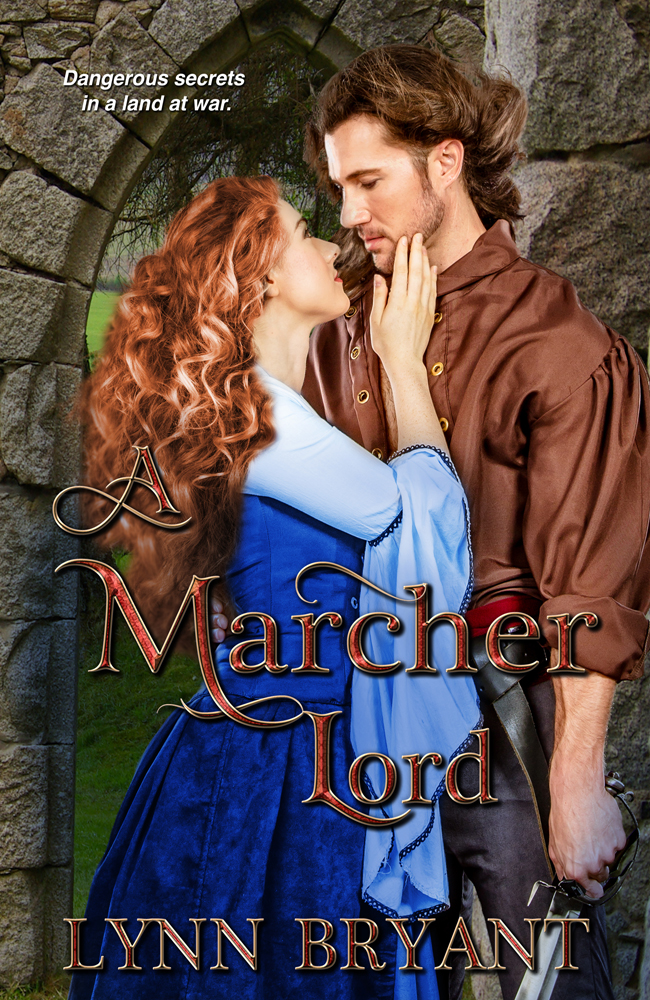
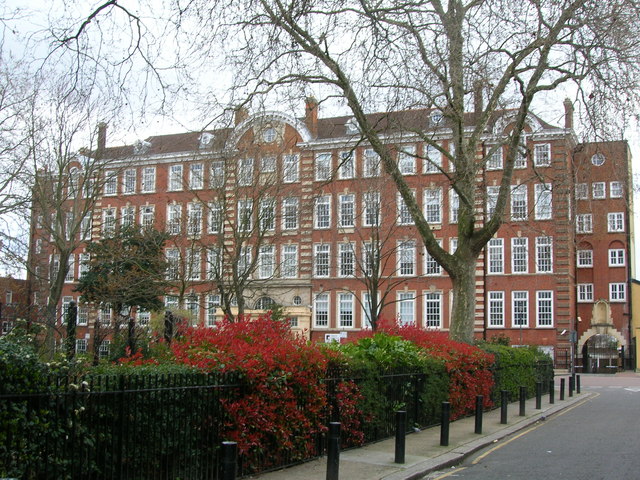
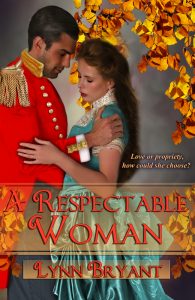
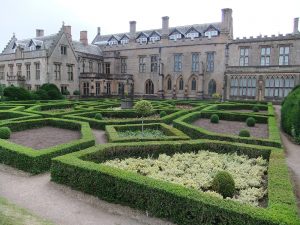

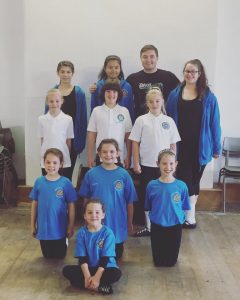 It was supposed to be a four day workshop, but the arrival of storm Doris put paid to that and poor Michael ended up having to cram four days worth of work into two days. The fact that he managed it is a credit to him and the fact that they could still smile at the end of it is a credit to my teachers and my students. In the middle of all this my infant writing career was rather left to it’s own devices.
It was supposed to be a four day workshop, but the arrival of storm Doris put paid to that and poor Michael ended up having to cram four days worth of work into two days. The fact that he managed it is a credit to him and the fact that they could still smile at the end of it is a credit to my teachers and my students. In the middle of all this my infant writing career was rather left to it’s own devices.